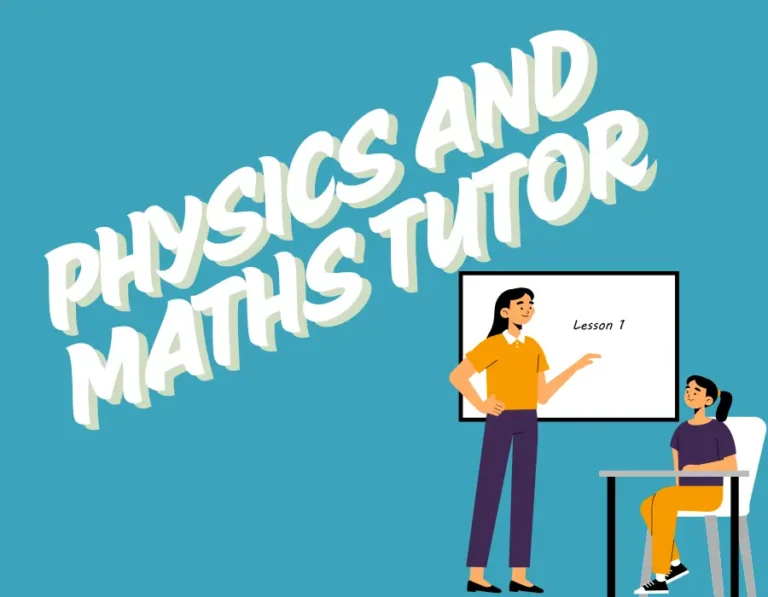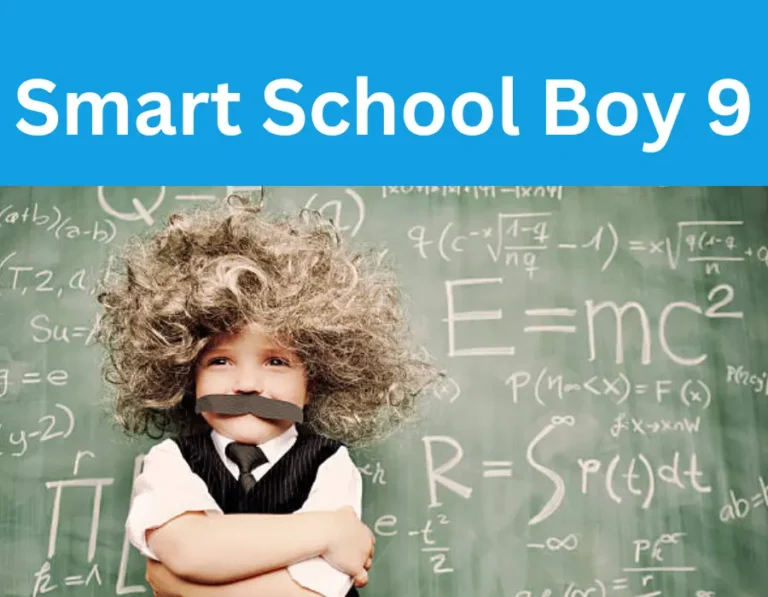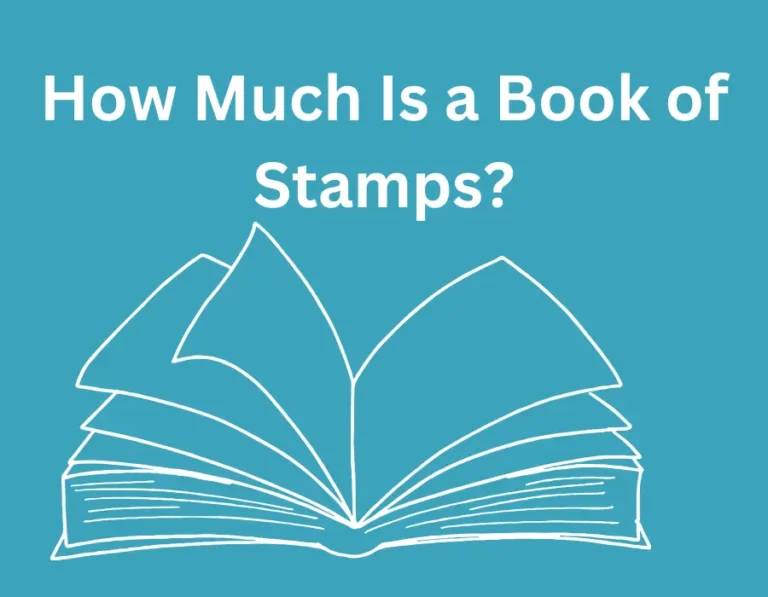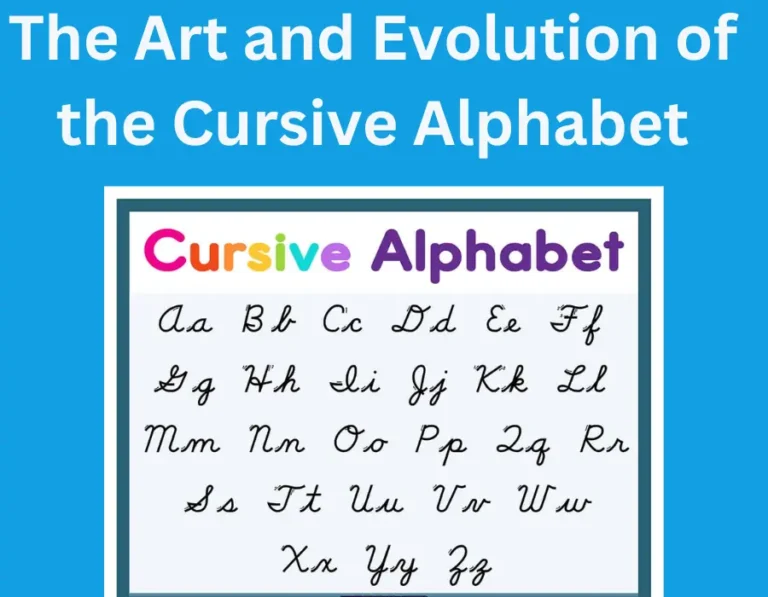Miss Circle Revolutionizing Fundamental Paper Education
In the ever-evolving landscape of education, innovative approaches are constantly emerging to address the needs of learners and educators alike. One such groundbreaking concept is Miss Circle, a transformative methodology in fundamental paper education.
This approach is not just a teaching strategy but a holistic framework designed to enhance the learning experience, making it more engaging, effective, and accessible. In this article, we will delve into the core principles of Miss Circle, its benefits, and how it is reshaping the way we think about education.
Also Read: Things We Never Got Over Series
What is Miss Circle?
Miss Circle is an innovative educational framework that focuses on the fundamental aspects of learning through the use of paper-based resources. Unlike traditional methods that often rely heavily on digital tools, Miss Circle emphasizes the tactile and cognitive benefits of working with physical materials.
This approach is particularly effective in developing critical thinking, creativity, and problem-solving skills.
The name “Miss Circle” is symbolic, representing the cyclical nature of learning and the continuous process of knowledge acquisition. It underscores the idea that education is not a linear path but a series of interconnected experiences that build upon each other.
The Core Principles of Miss Circle
- Hands-On Learning: Miss Circle advocates for hands-on learning experiences where students actively engage with paper-based materials. This could include writing, drawing, cutting, folding, and assembling. The tactile interaction with paper helps reinforce learning and improves retention.
- Critical Thinking and Problem Solving: By working with physical materials, students are encouraged to think critically and solve problems in a tangible way. This method fosters a deeper understanding of concepts and promotes independent thinking.
- Creativity and Innovation: Miss Circle places a strong emphasis on creativity. Students are encouraged to explore their ideas and express themselves through various paper-based projects. This not only enhances their creative skills but also makes learning more enjoyable.
- Collaboration and Communication: The framework promotes collaborative learning, where students work together on projects, share ideas, and communicate effectively. This helps develop social skills and teamwork, which are essential in today’s world.
- Sustainability and Accessibility: In an age where digital devices are ubiquitous, Miss Circle offers a sustainable alternative by utilizing paper, a readily available and eco-friendly resource. This makes education more accessible to students who may not have access to digital tools.
The Benefits of Miss Circle in Fundamental Paper Education
1. Enhanced Cognitive Development
One of the most significant benefits of Miss Circle is its impact on cognitive development. Research has shown that hands-on learning with physical materials can improve memory retention and understanding. When students engage with paper, they are not just passively receiving information; they are actively processing it, which leads to a deeper comprehension of the subject matter.
2. Improved Fine Motor Skills
Working with paper requires precision and coordination, which helps develop fine motor skills. Activities such as cutting, folding, and drawing are not only fun but also essential for the physical development of young learners. These skills are crucial for tasks such as writing, typing, and even using digital devices.
3. Fostering Creativity and Imagination
Miss Circle encourages students to think outside the box and explore their creative potential. Whether it’s through drawing, crafting, or designing, students have the freedom to express themselves in unique ways. This not only makes learning more enjoyable but also helps students develop a creative mindset that can be applied to various aspects of their lives.
4. Building Confidence and Independence
By engaging in hands-on activities, students gain a sense of accomplishment and confidence in their abilities. They learn to tackle challenges independently and develop problem-solving skills that are essential for lifelong learning. This sense of empowerment can have a positive impact on their overall academic performance and self-esteem.
5. Promoting Sustainability
In a world increasingly concerned with environmental issues, Miss Circle offers a sustainable approach to education. By utilizing paper, a renewable resource, this method reduces the reliance on electronic devices, which often have a significant environmental footprint. Additionally, paper-based learning materials are more accessible to students in underprivileged communities, making education more inclusive.
How Miss Circle is Transforming Education?
1. Personalized Learning Experiences
Miss Circle allows for a high degree of customization in the learning process. Educators can tailor activities to meet the individual needs and interests of their students. This personalized approach ensures that each student is engaged and motivated, leading to better learning outcomes.
2. Bridging the Gap Between Traditional and Modern Education
While digital tools have their place in education, Miss Circle bridges the gap between traditional and modern teaching methods. It combines the best of both worlds by incorporating the tactile benefits of paper-based learning with the collaborative and innovative aspects of modern education.
3. Encouraging Lifelong Learning
The skills developed through Miss Circle—critical thinking, creativity, problem-solving, and collaboration—are not just relevant for academic success but are essential for lifelong learning. Students who engage with this framework are better equipped to adapt to new challenges and continue learning throughout their lives.
4. Supporting Diverse Learning Styles
Every student learns differently, and Miss Circle accommodates a variety of learning styles. Whether a student is a visual, auditory, or kinesthetic learner, the hands-on nature of Miss Circle ensures that all students can benefit from this approach.
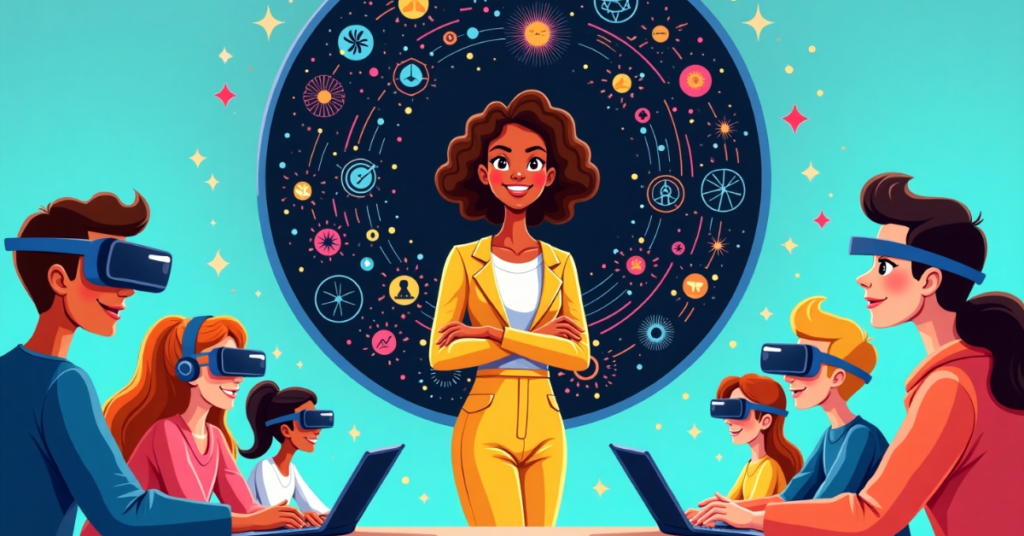
Implementing Miss Circle in the Classroom
For educators interested in adopting the Miss Circle framework, here are some practical steps to get started:
- Incorporate Paper-Based Activities: Integrate paper-based activities into your lesson plans. This could include drawing, journaling, crafting, or even creating 3D models.
- Encourage Collaboration: Design group projects that require students to work together using paper-based materials. This promotes teamwork and communication skills.
- Foster Creativity: Provide students with opportunities to express their creativity through art, writing, or design projects. Encourage them to think outside the box and explore new ideas.
- Use Sustainable Materials: Opt for recycled or eco-friendly paper products to align with the sustainability aspect of Miss Circle.
- Reflect and Adapt: Regularly assess the effectiveness of the Miss Circle activities and make adjustments as needed. Gather feedback from students to ensure that the approach is meeting their needs.
Conclusion
Miss Circle represents a revolutionary shift in fundamental paper education, offering a hands-on, creative, and sustainable alternative to traditional and digital learning methods. By emphasizing tactile engagement, critical thinking, and collaboration, it fosters cognitive development, fine motor skills, and independent problem-solving.
This framework not only enhances learning outcomes but also promotes inclusivity by making education more accessible. As educators continue to seek innovative approaches, Miss Circle stands out as a powerful tool that bridges the gap between traditional and modern learning. Its emphasis on creativity, sustainability, and lifelong learning ensures that students are well-equipped for the challenges of the future.


